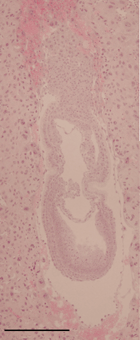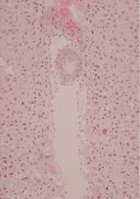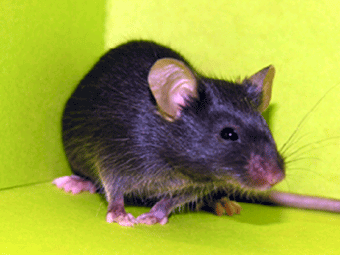The Tsix/Xist-deficient Strains
|
 |
 |
In mammals, females have twice as many copies of genes on X chromosome as males do and develop a mechanism to equalize dosage of X-linked gene products by inactivating one of two X chromosomes (Lyon, 1961). The X-inactivation, also known as Lyonization, is regulated by the noncoding Xist gene and its antisense non-coding Tsix gene on Chr X (Sado et al., 2001). The targeted disruption of the Xist gene demonstrated that the expression of the Xist gene is essential to initiate inactivating X chromosome in cis (Marahrens et al., 1997; Penny et al., 1996). The expression of the Xist gene was shown to be suppressed by the Tsix gene through modifications of chromatin structure (Sado et al., 2005). These strains provide unique and useful models to study the mechanism of X-inactivation in mammals and biological functions of noncoding RNA (Table 1). |
||
| (↑) Female embryos carrying mutated Xist1lox allele derived from the father died soon after implantation due to a dysplasia of extra-embryonic tissues. (←) Normal embryos. scale bar = 200μm. |






